Seamless customer experience is identified with limited friction, increased convenience, hyper-personalization, and great service throughout the purchase journey.
Customers’ shopping behavior and trends are witnessing this change swiftly – 64% of customers believe customer experience is more important than the price and are increasingly inclining towards a personalized shopping experience over irrelevant offers.
For Small & Medium Business (SMB) owners, this personalized shopping experience can be helped through leveraging Location data and analytics, collectively known as location intelligence.
Location intelligence is completely changing the game of traditional business methods today, especially for SMB owners, and is the key to achieving enhanced customer experience. And there are more than 1 tool for businesses to leverage location intelligence – QR Codes, geofences, Near Field Communication (NFC) Tags, beacons, artificial intelligence (AI), and big data.
More than half the customers today have switched companies solely because of poor customer experience, and companies who fail to embrace CX as a strategic path to growth are in the danger of becoming obsolete.

Designing a Strong CX Using the Power of Location Intelligence for Small Business Marketing
With 92% of all commerce happening offline, learning about precise marketing efforts to drive foot traffic is key to distributing the marketing spend.
It is a common misconception that technologies such as location intelligence and AI are meant only for big businesses. The recent emergence of cost-effective marketing solutions has prompted a piqued interest in SMBs to jump on the bandwagon of location intelligence.
After all, Gartner estimates as much as 25 billion devices will be connected by 2020 and digital businesses along with IoT will produce an unprecedented amount of location-referenced data.
With all this data in your hands, designing a well-balanced customer experience to get the best out of location intelligence will become paramount. It’s usually done in three stages – Pre-purchase, in-store, and post-purchase experience.
Pre-purchase experience
-
Use Google My Business to leverage local SEO
There are more than 5 billion customers who use Google Search every month. If leveraged correctly, Google My Business (GMB) can be a powerful tool to easily connect with customers across Google Search and Maps.
With GMB, small and medium businesses can list themselves on Google to appear on the main search page.
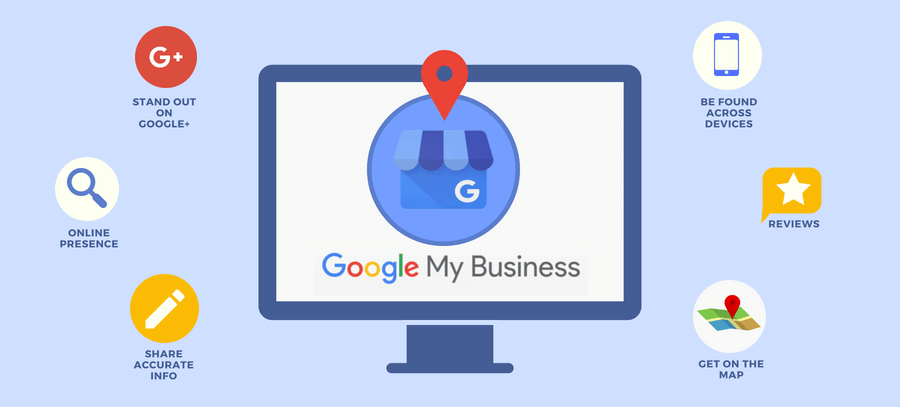
Customers typically search for the product they want, do a fair amount of research online, and look for stores offering the product closeby. According to Google, 50% of consumers make the purchase within a day of searching for the product.
Business owners can add their basic information such as the location of the business, contact details, reviews, and images to enhance the search. Google My Business is paramount because customers generally don’t go past the first page to look for a product.
In addition to this, GMB is an incredibly valuable tool for SMB owners that helps them to –
- Control, index, and display relevant information.
- Curate photos, videos, and reviews of customers.
- Engage with potential users and manage online reviews reputation.
- Collect insights based on the customers’ calls, bookings, and following.
Google My Business is so powerful that the signals sent from the tool directly affect the local SEO searches.
-
OOH advertisements
Out-Of-Home advertisements such as billboards, flyers, and posters serve as a great arena to advertise about the business and brand.
The effectiveness of OOH advertisements is immense. So much so that 71% of customers report that digital advertisements are far off than online advertisements.
The power of QR codes and NFC tags
Usually, OOH advertisements are heavily text-based which often disinterest the user. OOH advertisements can be creatively put together by embedding technologies such as QR Codes and NFC tags on them.
QR Codes on OOH advertisements can be scanned to reveal discounts, coupons and more information. Dynamic QR Codes are best suitable for OOH advertisements since they can be edited, tracked, and used for retargeting effectively.
NFC tags can be embedded in the store window. Upon tapping the NFC tag, customers will be redirected to the landing page offering discounts, fresh product reveals, and more exciting offers.

Taco Bell launched a QR Code based OOH campaign which displayed either avocado or lemon to introduce their new guacamole in the US. Users were redirected to their special menu which showed them a recipe by their favorite celebrity chefs.
This print media campaign was one of the biggest turnovers for Taco Bell and catered to a broad set of audience.
-
Setting up geofences around competitor’s stores
Dunkin’ Donuts uses geo-conquesting to gain market share off of its biggest competitor, Starbucks.
The Massachusetts based coffee-giant pairs up geofences with analytics to target Starbucks customers to convert them with a “switch mechanism” in the form of a mobile coupon program.
This campaign witnessed a record-high redemption of 3.6% and severed a big chunk of Starbucks’ local traffic.
Geofencing in simple words is setting up a virtual fence or boundary around a certain perimeter. Share on XWhen a user enters the geofenced area, they receive relevant push notifications and alerts as set by the business owner.
Setting up a geofence around a competitor can prove beneficial for your business. It can also present ample opportunities to learn their tactics to tailor their existing campaigns.
-
Target users based on their location with social media ads
Confused if the advert is reaching the right audience? Well, it’s all about the location.
With more than 2.5 billion smartphones across the globe, targeting users based on their location is the key to successful marketing.
Targeting audiences based on their location or geo-targeting is a must-have plan for social media marketing campaigns. It works by the following methods –
- The IP address of the user
- Recorded address
- City
- State/province
- Country
- Zipcode
Businesses all across the globe spend billions of dollars on social media advertising. This spending is anticipated to reach as much as USD 17.3 billion by 2020.
Leverage analytics to filter the audience further such as age, gender, language, and connections.
In-store experience
Designing an effective in-store experience for enhanced customer experience can be done by using a combination of QR Codes, NFC tags, and beacons.
-
Smart packaging
A product with smart packaging can have QR Codes or NFC tags embedded, telling its users about its origin, ingredients, date of expiration, and other useful insights.

Smart packaging has evolved over the years beyond mere engagement with users. It can also be leveraged to send customers timely alerts about the expiration date, usage, and other recipes/related product recommendations.
-
Wayfinding
Often times, finding your way in a store or a particular aisle can be tricky.
In such cases, location-based marketing tools can prove to be very useful. Since Bluetooth is far more accurate than GPS indoors, BLE beacons can be used to guide users to find their way through a store.

-
Cross-selling
Location intelligence can also help SMBs cross-sell products with marginal investment.
For instance, you can place beacons in aisles that sell highlighters and alert the customer about offers on contouring sticks via notifications. In addition to this, nudge the consumer with a coupon for the best selling product on their next visit.
-
Invisible shopping
95% of shoppers do not want any sort of hassle by interacting with store executives. Invisible shopping is a great forum to cater to such audiences.

Amazon Go is a prime example of invisible shopping. Customers enter an Amazon Go outlet, buy products by scanning QR Codes to add it to their virtual cart, leave the store, and pay for the products purchased with their Amazon wallet.
This method can be used effectively to send out coupons and retarget customers.
Dinara Omara, PR of JISP says that the company supplies with NFC-enabled price tags to complete the purchase of a product four-times quicker than traditional scanning. Their services mirror Amazon Go but can be implemented at a fraction of the cost, anywhere.
-
Relevant offers/coupons
There are endless shopping traits to bring a user back to the store. One such effective trait is by offering relevant offers/coupons based on their interests.
Digital coupons have drastically changed the way consumers shop. It is expected that there will be over 50% growth (over $40 billion) in digital coupon redemption between 2017-2022.
SMB owners can track customers based on their purchase history and shopping behavior to send across appropriate offers/coupons via email, loyalty programs, and social media.
-
Scavenger hunt
Turkish Airlines created a scavenger hunt during the London Olympics around the city’s bus stops. Several ‘QR Flags’ were placed around the city which required the participants to scan a series of codes in order to win prizes.
The airline company set up a mobile site to encourage people to keep searching and give clues to the nearest QR Flag location. This campaign drove 20,000 referrals with visitors spending an average of one minute on the mobile site.
This kind of interactive scavenger hunt can guarantee an increased percent of engagement. Scavenger hunts can be specially used during festive seasons, sales, and new product releases.
-
Instant checkout
One of the biggest inconveniences in brick-and-mortar stores is the long waiting lines during checkout. Almost 18% of shoppers feel that lengthy checkout lines can prompt them to shop elsewhere, according to a study conducted by Forrester Consulting.
Sweden-based IKEA has tasted success by opting for QR Codes and NFC tags to maximize the shopping experience for users.

QR Codes and NFC tags can be used to complete a purchase cycle when users are at the checkout aisle. Users can either scan QR Codes or tap an NFC tag to be redirected to their payment app.
This mode of payment is not only secure but also very convenient as it negates the necessity of carrying cards, entering a passcode, and the whole ordeal associated with it.
-
Smart trial rooms
Brands like Sephora, Tommy Hilfiger, and Ralph and Lauren use smart trial rooms.
A smart trial room is furnished with a smart mirror. When a shopper enters a smart trial room, the smart mirror captures the product the shopper is equipped with and suggests additional options such as color, pattern, and suitable accessories.
A smart mirror is fitted with RFID, NFC tags, and even QR Codes. A smart mirror accepts e-requests from customers that are sent to store executives via an app for additional assistance.

Sephora installed a smart digital signage which consisted of a smart mirror outside its Milan flagship store. The smart mirror suggested changes accordingly based on the customer’s physical appearance.
In order to complete the purchase, the smart mirror was also equipped with a QR Code, so the customer could buy the product and leave the area without even entering the store.
-
Augmented Reality (AR) experiences
Augmented reality lets a shopper view a product in real-time. This technology is immensely popular in decor, retail, and eCommerce industry verticals.
Augmented reality can be brought to life by leveraging QR Codes or in other words, AR Codes. These AR Codes upon scanning display products in real-time, letting the user experience the product.

Sportswear giant Puma opened its first flagship store in NYC with interactive displays that activate AR experiences. This is a part of their new basketball shoes campaign.
Puma’s mobile web app allows customers to scan the QR Codes on signs and shoe tags to view branded content featuring Puma’s feline mascot.
Customers can also take selfies with the mascot and be directed to the basketball court within the same building.
-
Experiential retail
In this era of millennials and Gen X-ers, the dimension of shopping has entirely shifted. Millennial shoppers focus heavily on customer experience a store/product has to offer and not on the price anymore.

In fact, 73% of customers said they would rather spend more money and time in-store offering better experiences.
Think of a Hawaain-based spa, aerial yoga, and scavenger hunts for a better understanding of experiential retail.
Pop-stores and mom-and-pop stores are getting extremely popular by the day. So much so that, GooglePopUp generated 28.2 million impressions and received 95.2% positive reviews.
Since the demand is sky-high, businesses are keen on inculcating experiential retail as a part of their branding strategy. According to PSFK’s Future of Retail report, 55% of retail executives will spend on in-store experiences by 2020.
Post-purchase experience
Location intelligence works as a powerful tool even after a shopper has made the purchase. Here’s how to design an effective post-purchase experience.
-
Re-order via smart packaging
Smart packaging can be leveraged by using location intelligence tools – QR Codes and NFC Tags. Brands such as Target, Bloomingdales, and Amazon have products with smart packaging.
A product with smart packaging gives the business owner ample opportunity to engage with the user even post-purchase.
The QR Codes or NFC on smart packaging can redirect the user to a landing page that informs them about the product, supply them with a coupon upon additional product purchase, and even engage them with extra tips to use the product effectively.
-
Connect to a brand’s social presence
Place QR Codes and NFC tags in the stores or on the packaging and prompt the users to scan them for additional discounts upon following the brand on social media.
You can also send location-based triggers to a user via in-app notifications which in turn redirects them to the brand’s social media forums.
This method can be leveraged to increase ROI and increase the substantial number of followers for better visibility.
-
Retargeting
When a user visits the campaign attached to location intelligence tech, they can easily be retargeted on Google and Facebook.
Retargeting has proven to be a very useful tool to fine-tune a brand’s offerings, analyze their investment, cross-selling & up-selling and closely observe their customers’ shopping behavior.

This tool has proven to be a great success for several businesses ranging from SMBs to large retailers.
A well-researched retargeting marketing campaign can benefit in the following ways –
- Target the audience on Facebook based on their searches and close the deal on Google.
- Use a primary keyword as a target and retarget the campaign on Facebook and Google with the same.
- Retarget cold audience on Facebook with exactly what they searched for on Google.
- Tools such as lookalike and related searches are very useful while retargeting users with the products they were looking for.
The future of location intelligence
In the marketplace, customers are more demanding than ever.
More than 85% of marketers have reported success with personalization. Location intelligence helps businesses to grow spatially and caters to their audiences, heavily dependent on data and analysis. Share on XData always drastically improves the consumer journey but only for businesses that are willing to go the extra mile.
Location is intrinsic to businesses of all sizes and verticals. A survey conducted by eMarketer says that 58% of retailers in North America were planning on investing in location-based marketing.
Brands such as Macy’s, Walmart, Uber, and Lululemon have leveraged location intelligence and have witnessed a great deal of success – as much as 250% increase in CTR for marketing campaigns.
A variety of different industry vertical companies are currently adopting location intelligence to improve customer experience in order to stay connected with the customers throughout the purchase cycle.
In this era, data and personalization are everything.
Businesses who leverage this power can dramatically transform the service they offer. Location intelligence will play a vital role in the future to strengthen customer relationships, improve location data, and build brand reputation.





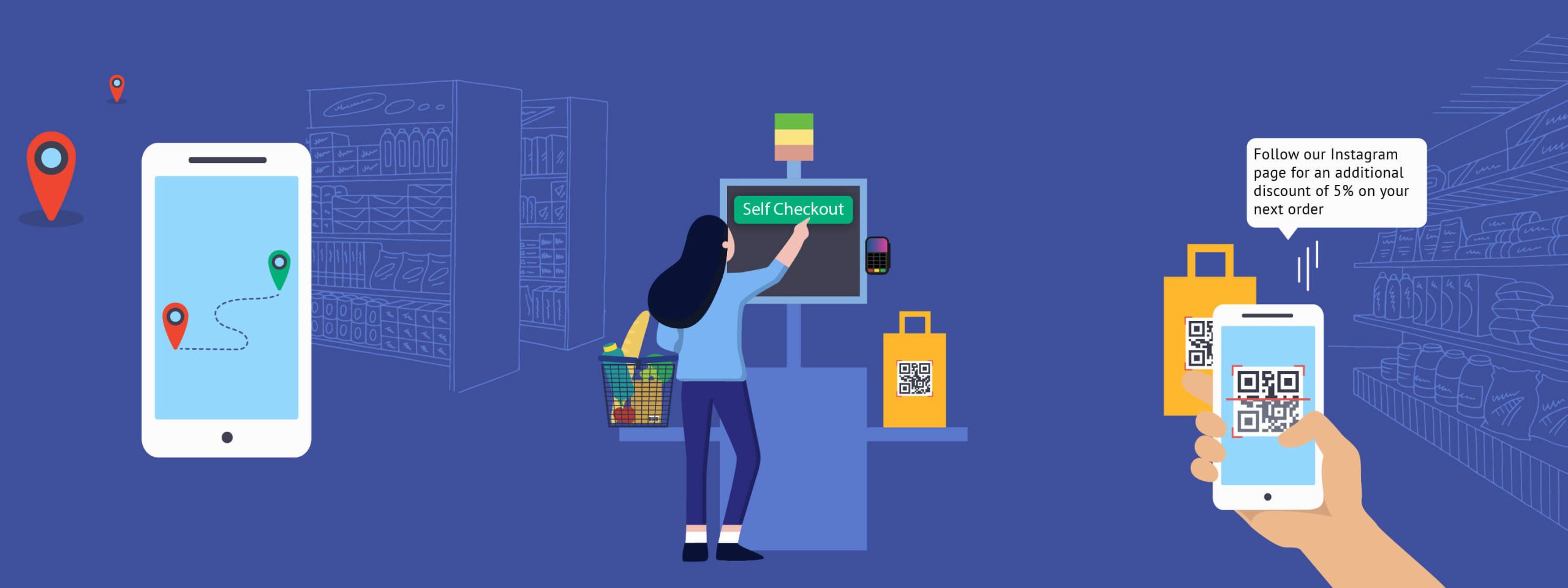


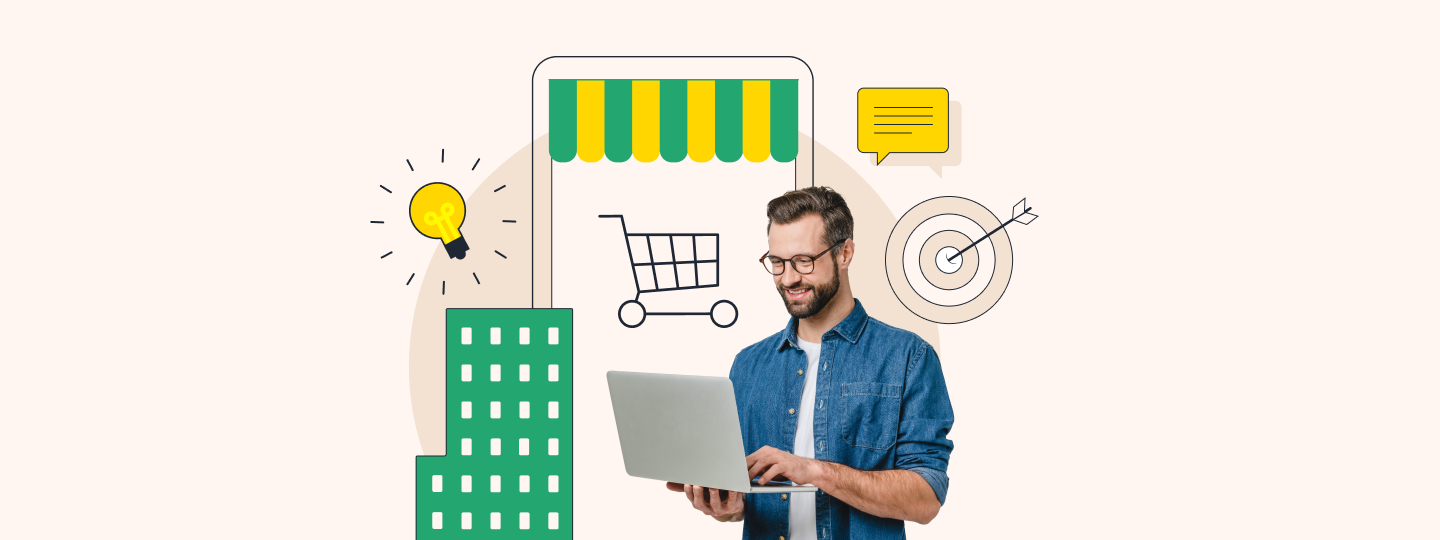
 Diksha Dwivedi
Diksha Dwivedi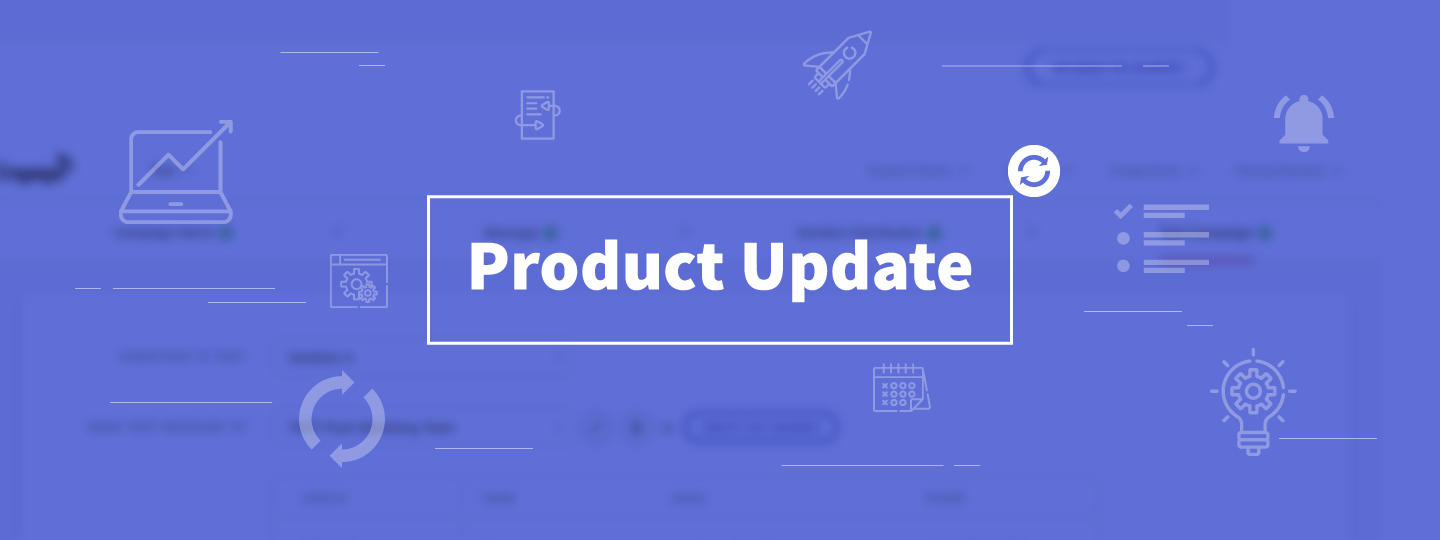
 Harshita Lal
Harshita Lal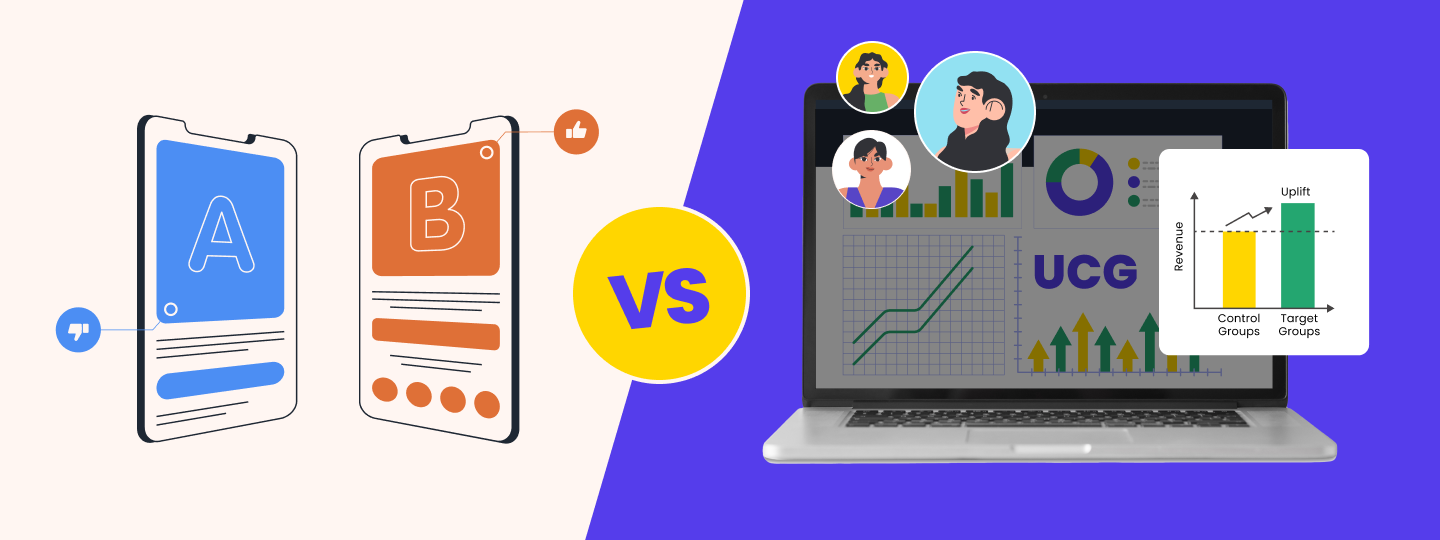
 Priyam Jha
Priyam Jha




